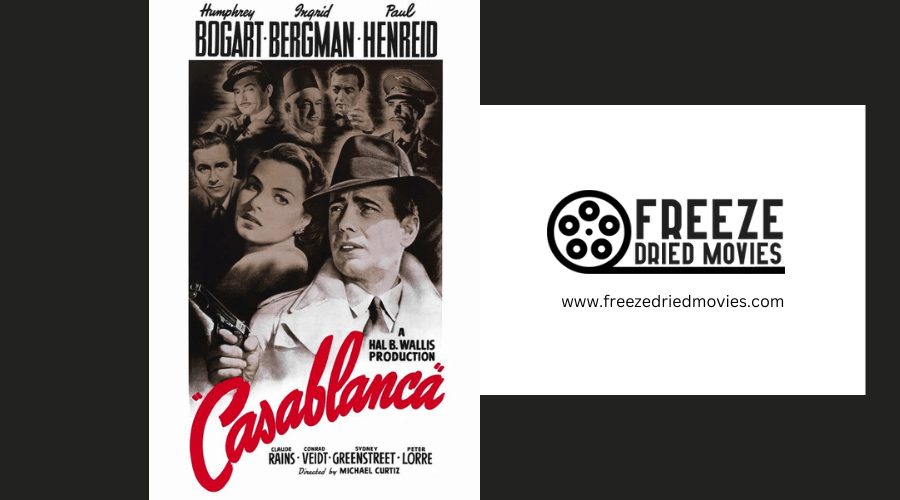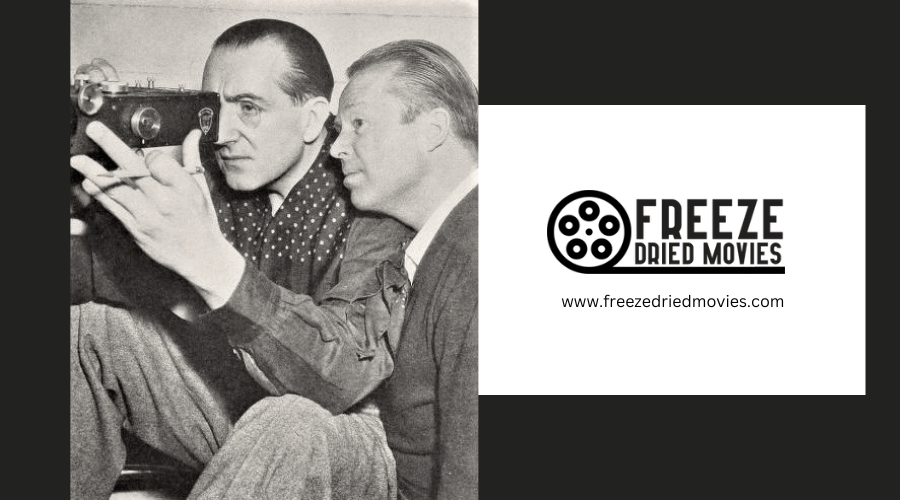How Did the Hays Code Navigate Censorship in 1940s Horror?
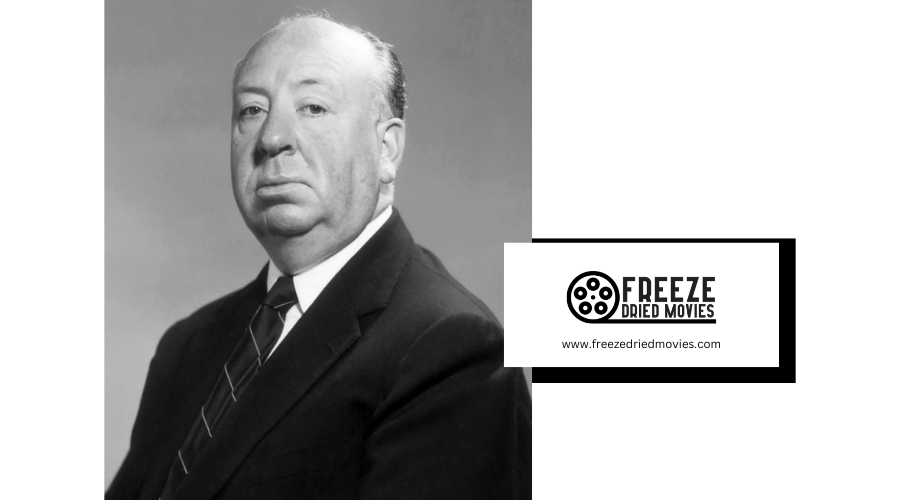
In the 1940s, the Hays Code significantly influenced the production of horror films by imposing strict moral guidelines that restricted explicit content and themes, particularly those involving sexuality. To comply with these regulations, filmmakers developed innovative techniques such as using suggestive lighting and sound to evoke a heightened psychological atmosphere. This approach not only adhered to the Code but also enhanced the audience's imagination and allowed directors to subtly incorporate complex, often controversial, themes through supernatural narratives.
Films like 'Cat People' and 'The Uninvited' exemplify how directors skillfully navigated these constraints, using the horror genre as a medium to critique societal norms while remaining within the boundaries set by the Code. This era's strategic creativity laid foundational influences on the evolution of modern horror cinema.

Origins of the Hays Code
The Hays Code, formally known as the Motion Picture Production Code, was implemented in 1930 to oversee the ethical content of American cinema. This regulatory framework emerged during an era when films began exploring provocative themes, pushing societal norms. Named after Will H. Hays, the then-president of the Motion Picture Producers and Distributors of America, the Code was designed to sanitize movies by excluding material deemed morally inappropriate.
Prior to the implementation of the Hays Code, the film industry experienced a pre-code period where movies often tackled subjects like sexuality and crime, mirroring a society exploring new liberties and often conflicting with established moral values. The increasing public concern over the bold content and the potential threat of governmental intervention prompted the film industry to adopt self-regulation, culminating in the establishment of the Hays Code.
The Production Code Administration managed the enforcement of the Code. It rigorously reviewed films to ensure they adhered to the prescribed moral standards, thereby shaping the narrative and thematic elements of cinema. This led to the avoidance of overtly explicit material and the promotion of what was considered socially acceptable life standards at the time. In response to these restrictions, 1940s filmmakers developed creative strategies to subtly incorporate controversial topics within their films, maintaining compliance with the Code while also engaging with sensitive issues.
Horror Film Guidelines
As filmmakers navigated the restrictions of the Hays Code, horror films in the 1940s had to creatively comply with stringent guidelines that curtailed explicit content, reshaping the genre. The Motion Picture Production Code influenced how horror was depicted, emphasizing psychological horror and supernatural themes over explicit violence and gore.
This era saw a shift towards the power of implication rather than explicit depiction. For instance, rather than showing a monster's violent attack, films would often employ shadows and sound, such as the echo of screams, to suggest horror. This technique wasn't merely about adhering to the Hays Code but also about engaging viewers' imaginations and involving them in horror through subtler, more suggestive means.
Themes such as obsession and the supernatural were utilized to stir fear, focusing on unsettling viewers by making them ponder the unknown elements of the human psyche and supernatural realms. The limitations imposed by the Hays Code taught filmmakers that the unseen could often be more terrifying than the visible, leveraging the audience's imagination to evoke fear.
Techniques of Implied Horror
Many 1940s horror films excelled in the art of implied horror, skillfully adhering to the Hays Code while evoking fear through subtle techniques. Directors utilized suggestive lighting and eerie sound effects to effectively navigate censorship restrictions. Rather than explicitly showing the monster, these films often only revealed its shadow or allowed its sinister whispers to unsettle the audience. This approach engaged viewers' imaginations, prompting them to envision the horrors lurking beyond the visible.
The essence of implied horror lies not only in the visual or auditory cues but in its psychological impact. By focusing on suspense-building techniques, filmmakers heightened the sense of dread, keeping audiences tense and engaged without depicting graphic violence. This method of storytelling leveraged the viewers' fears, making the unseen horrors feel palpable and more terrifying than overt displays might achieve.
In this way, 1940s horror films under the Hays Code transformed censorship into an opportunity for creative storytelling. They guided audiences on a chilling psychological journey, leveraging the power of suggestion to invoke deep-seated fears, all while maintaining compliance with the strict regulations of the time.
Impact on Supernatural Themes
Supernatural themes in 1940s horror films frequently served as nuanced tools to subtly examine and critique societal norms and complex emotions, navigating the strict limitations of the Hays Code. The true artistry was in the underlying meanings embedded within these films.
- Subtext for Taboo Topics: Supernatural elements provided a way for filmmakers to address topics such as sexuality and desire, which were otherwise censored. Entities like ghosts and witches symbolized deeper, often prohibited desires.
- Veiled Critique of Norms: Utilizing supernatural components, filmmakers indirectly critiqued societal expectations and norms, thereby adhering to the Hays Code while still challenging conventional moral codes.
- Challenge to Censorship: The incorporation of supernatural themes subtly questioned the constraints imposed by the Hays Code. Filmmakers employed ambiguous and metaphorical storytelling to explore the limits of what could be depicted on screen, gently pushing against censorship boundaries.
Through these approaches, 1940s horror films transcended mere horror narratives; they were sophisticated, covert discussions about societal issues carefully crafted to comply with censorship regulations.
Iconic 1940s Horror Films
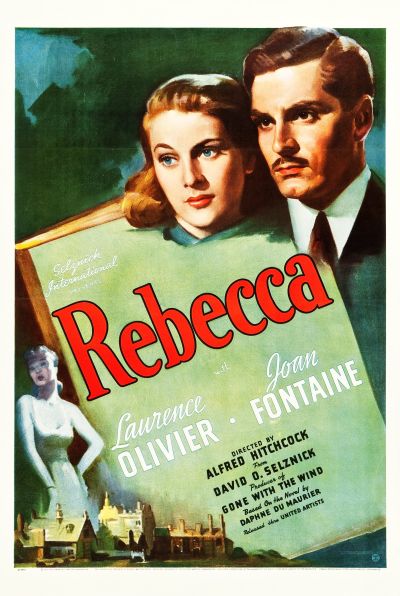
In the 1940s, filmmakers like Jacques Tourneur navigated the restrictions of the Hays Code with skillful subtlety in movies such as 'Cat People.' This film, along with others like 'The Uninvited' and 'Rebecca,' marked significant advancements in the horror genre during an era of stringent censorship.
The storytelling in 'Rebecca' subtly introduces LGBTQ+ themes, suggesting a complex relationship between characters, which enriches the narrative without violating the Hays Code. This technique of embedding deeper social themes within the framework of horror was also evident in 'Dracula's Daughter' from the late 1930s, which influenced 1940s cinema by hinting at queer themes amidst censorship constraints.
These films did more than entertain; they challenged societal norms and pushed the boundaries of acceptable content in Hollywood. Directors like James Whale and Jacques Tourneur used the horror genre to subtly explore controversial topics, setting a foundation for future cinematic explorations. Their innovative approaches not only shaped the genre but also had a lasting impact on the film industry.
Censorship and Psychological Terror
Drawing from the nuances of 1940s horror, filmmakers ingeniously utilized psychological terror to navigate the limitations imposed by the Hays Code. In this era, directors eschewed explicit violence, opting instead to probe the depths of the human psyche, mastering the art of invoking terror through implication rather than overt displays. This adaptation wasn't merely an artistic choice but a requisite compliance with stringent censorship regulations.
Here's how they accomplished this:
- Suspense and Paranoia: Directors amplified suspense and fostered a sense of paranoia, effectively keeping audiences in a state of heightened alertness. The absence of visible horror served as a strategic device, engendering a pervasive dread that often proved more unsettling than direct horror scenes.
- Suggestive Imagery: Filmmakers employed shadows, eerie lighting, and ambiguous visuals to insinuate horror. This approach harnessed the audience's imagination as a medium for terror, resulting in a uniquely personal and more profound horror experience.
- Atmospheric Settings and Sound Effects: Rather than graphic displays, chilling settings, and disconcerting sound effects were used to cultivate a haunting ambiance. These elements didn't merely scare viewers superficially; they penetrated deeply, leaving a lasting psychological impact.
Creative Workarounds by Filmmakers
Directors like James Whale and Alfred Hitchcock skillfully integrated queer coding and homosexual themes into their films to navigate the constraints of the Hays Code. In their horror movies, overt representations were avoided in favor of subtle cues and nuanced characters that suggested LGBTQ+ themes, effectively sidestepping explicit censorship.
Under the Hays Code's strict regulations, filmmakers had to modify scripts and alter scenes, which drove them to creatively express themes of obsession and societal dissent. These directors succeeded in subtly addressing sexual and queer desires, presenting a clever subversion of imposed limits.
Here's an overview of how 1940s horror films ingeniously bypassed censorship:
| Technique | Purpose | Example |
|---|---|---|
| Queer Coding | To imply LGBTQ+ themes | Subtle character traits |
| Subtextual Hints | To imply rather than explicitly show | Ambiguous dialogues |
| Editing Scenes | To adhere to but also communicate themes | Altered or removed sequences |
| Thematic Nuance | To subtly explore taboo subjects | Obsession, societal defiance |
This table succinctly illustrates the methods and intentions behind the filmmakers' strategies, maintaining relevance to the era's historical and cultural context.
Audience Reception and Fear
Exploring directors' creative responses to the Hays Code in the 1940s, we see that despite strict censorship on explicit content, filmmakers successfully evoked fear through psychological terror and suggestive imagery. This resonated significantly with audiences, illustrating the genre's resilience and adaptability.
Audience reactions during this time were notably varied, yet some common elements consistently resonated:
- Psychological Terror: Due to restrictions on explicit horror, directors focused on the human psyche, effectively using the audience's imagination to suggest unseen horrors.
- Suggestive Imagery: Filmmakers utilized visual metaphors and eerie settings to hint at terror, adhering to Hays Code restrictions while actively engaging the audience's imagination.
- Atmospheric Tension: The strategic use of lighting, shadows, and sound created a pervasive atmosphere of unease, demonstrating that explicit scares weren't necessary to evoke fear.
These strategies underscore how 1940s horror films effectively captivated and terrified audiences, transforming restrictive conditions into opportunities for innovative cinematic expression.
Comparison With Pre-Code Horror
Before the enforcement of the Hays Code, horror films frequently explored explicit content, unhesitatingly addressing taboo topics, including violence and sexuality. These elements were directly portrayed, offering audiences a vivid and unfiltered depiction of fear and depravity.
With the implementation of the Hays Code, the nature of 1940s horror films transformed significantly. Strict censorship restricted explicit depictions of horror, compelling filmmakers to adopt a more suggestive approach. Instead of showing graphic violence or supernatural entities directly, they utilized shadows and sounds to hint at these elements, shifting from overt to covert representations.
This regulatory shift necessitated a change in the narrative techniques used in horror films. Directors and writers were required to engage viewers' imaginations more subtly, crafting suspense and terror through implication rather than overt displays. The era of the Hays Code brought about a more restrained and nuanced form of storytelling in horror cinema, focusing on evoking emotions and thoughts through indirect means.
Legacy of 1940s Censorship
The legacy of 1940s censorship under the Hays Code significantly influences contemporary views on horror cinema. Delving into classic films reveals how the strict regulations of the era creatively shaped the content, driving filmmakers to innovate within tight constraints.
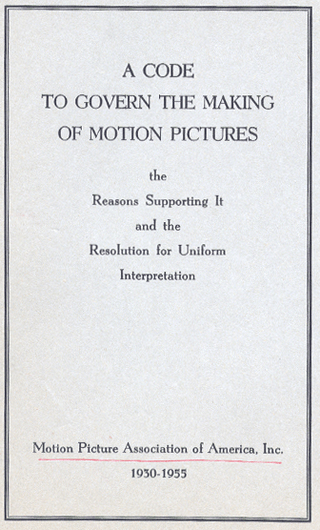
Here are key ways the Hays Code impacted 1940s horror films:
- Subtext and Symbolism: Directors like Alfred Hitchcock and Jacques Tourneur incorporated complex themes, including LGBTQ+ issues and societal critiques, into their films' narratives. This not only circumvented censorship but also added layers of meaning, enhancing both the films' intrigue and appeal.
- Heightened Atmosphere: With explicit content limited, filmmakers emphasized atmosphere, utilizing lighting, shadows, and sound to create fear and suspense. This focus on atmospheric elements became a defining characteristic of the genre.
- Cultural Reflections: These films reflect the censorship struggles of their time, mirroring the era's broader societal norms and anxieties, especially concerning themes of sexuality and deviance.
These aspects demonstrate that the Hays Code did more than restrict content; it inadvertently enriched the horror genre. The films of the 1940s served as a subtle form of resistance against the moral restrictions of the time, establishing a foundation for future filmmakers to challenge and reinterpret mainstream norms.
Conclusion
The Hays Code significantly influenced 1940s horror cinema by mandating a style of implied horror and subtlety rather than explicit content. Filmmakers, navigating these constraints, ingeniously infused their films with underlying fears and supernatural themes that resonated deeply with audiences. This approach not only confirmed the power of suggestion in storytelling but also elevated the horror genre, demonstrating that unseen terrors could be more haunting than overt displays.
The films from this era, even when compared to those produced before the Hays Code was enforced, highlight the unique impact of less-is-more in cinematic horror.

